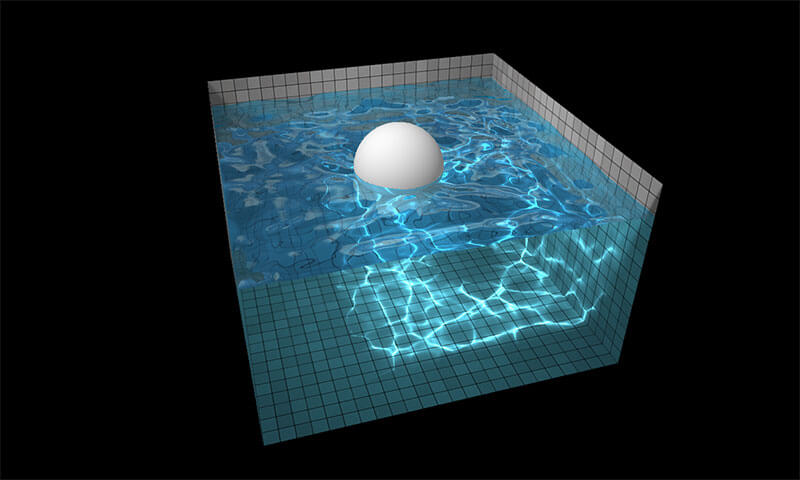How to Simulate Long HTTP Requests
It happens less frequently these days but there are times when we need to accommodate for a HTTP request timing out. The service could be down, under heavy traffic, or just poorly coded, or any host of other issues.
Whenever I need to simulate a long HTTP request, I use a bit of PHP to make it happen:
<?php
// Don't resolve this request for 5 seconds
sleep(5);
// A generic response
echo 'This is the response!';
// ... or hit a URL to make the case more realistic
echo file_get_contents('https://website.tld/endpoint');
?>
With that script created, I make PHP start a server so I can make the request locally:
php -S localhost:8000
Now I can hit http://localhost:8000 and get the long request I want!
There are a number of ways you can accomplish these long form requests but this has always been a favorite of mine!
![9 More Mind-Blowing WebGL Demos]()
With Firefox OS, asm.js, and the push for browser performance improvements, canvas and WebGL technologies are opening a world of possibilities. I featured 9 Mind-Blowing Canvas Demos and then took it up a level with 9 Mind-Blowing WebGL Demos, but I want to outdo...
![Create a CSS Flipping Animation]()
CSS animations are a lot of fun; the beauty of them is that through many simple properties, you can create anything from an elegant fade in to a WTF-Pixar-would-be-proud effect. One CSS effect somewhere in between is the CSS flip effect, whereby there's...
![Build a Calendar Using PHP, XHTML, and CSS]()
One of the website features my customers love to provider their web users is an online dynamic calendar. An online calendar can be used for events, upcoming product specials, memos, and anything else you can think of. I've taken some time to completely...
![Create a Sprited Navigation Menu Using CSS and MooTools]()
CSS sprites are all the rage these days. And why shouldn't be? They're easy to implement, have great upside, and usually take little effort to create. Dave Shea wrote an epic CSS sprites navigation post titled CSS Sprites2 - It's JavaScript Time.




That’s cool! Thanks for the tip.
I could see having it take a query param to set the sleep time arbitrarily for different scenarios you’re simulating.
Thanks David always love your content.
Although in this particular case i fail to understand a practical use, could you share an example?
thanks !
And here is concise way to do it in NodeJs, the server will wait for 3 seconds before response:
const http = require('http') const server = http.createServer((req, res) => { setTimeout(() => { res.writeHead(200) res.end('Hello, World!') }, 3000) }) server.listen(8080)